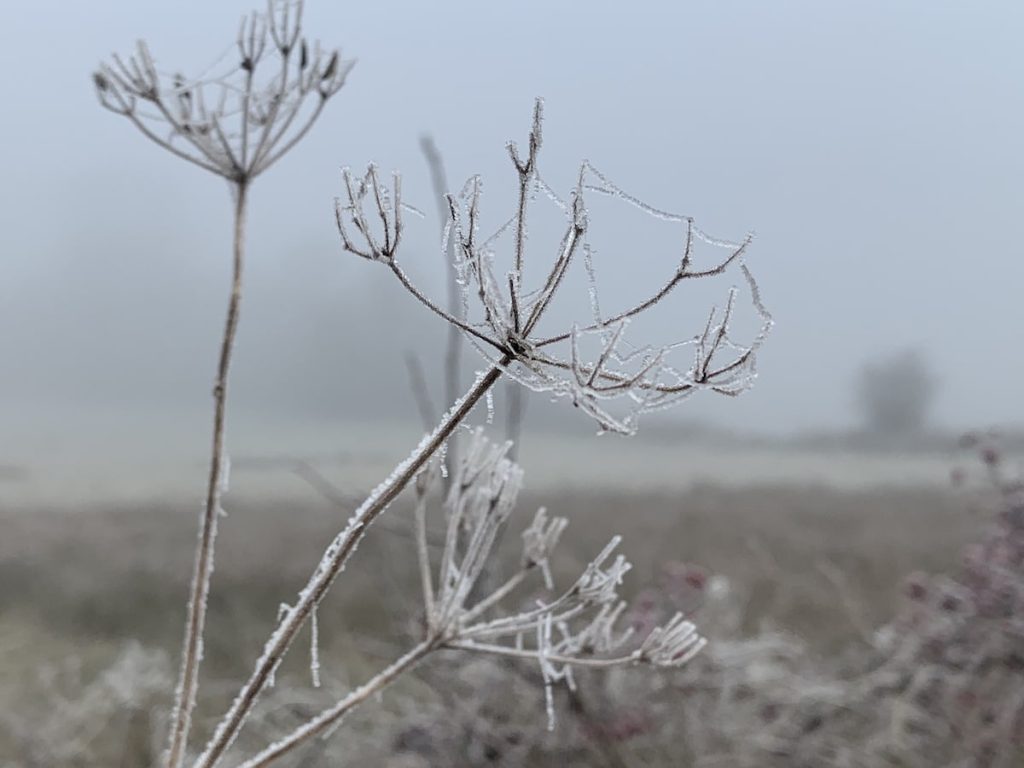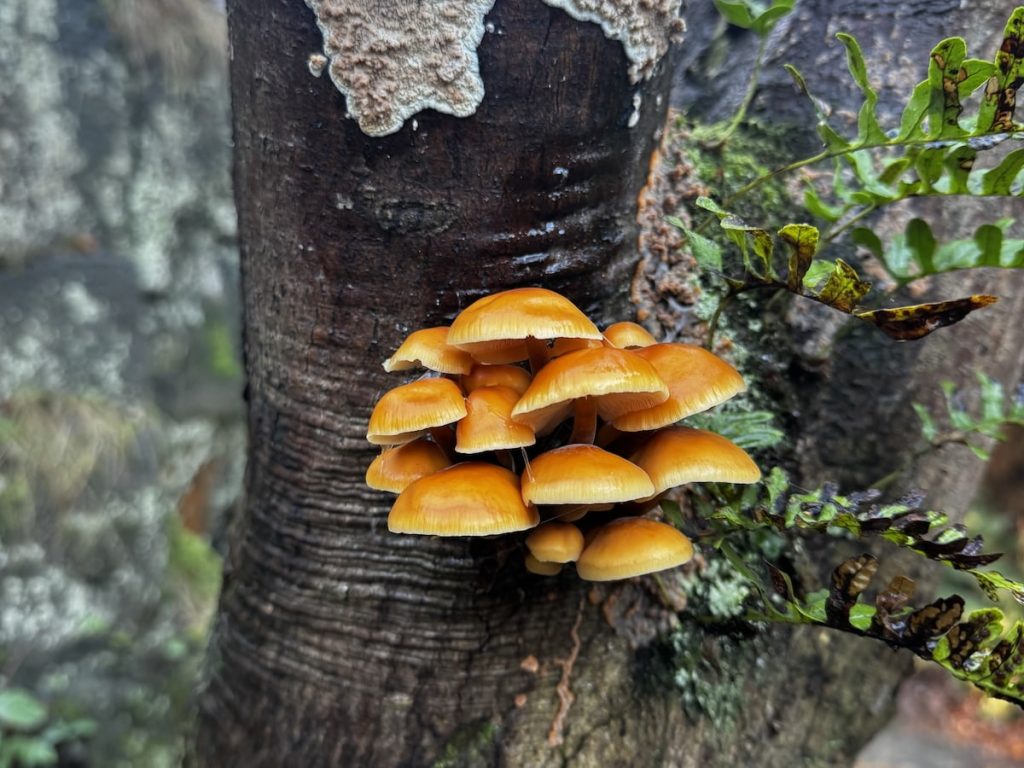Read: The Power of the Dog by Don Winslow ★★★★ 📚
"That's what you want me to choose? Dope-pushing Contras? Cuban terrorists? Salvadoran death squads that murder women, kids, priests and nuns?" "They're brutal, vicious and evil? Hobbs says. The only worse people I can think of are the Communists."
A decades long thriller & history of the USA drug wars across Mexico & Central America. A strange mix that includes the mafia, drug barons, law enforcement & politicians. Infused with the stink of corruption. Exciting & appalling in equal measure.




